|
We hear from a lot of breeders who are upset because their puppies sleep in the litter in the toilet area instead of the crates. If you want your puppies to sleep in the crate and not the shavings the easiest way to encourage this is for the crate to offer thermal relief for the puppy - the crate should be a more comfortable temperature for the puppy than the shavings. Sounds easy enough, but what that thermal relief will be is HUGELY different from breed to breed. The “thermoneutral zone” is the temperature at which a dog can maintain his body temperature without expending energy to increase heat production or heat loss, and (sit down for this) it ranges from 68°F to 86°F for dogs. Literally, there is almost a 20° difference between the way different dogs experience the same exact temperature.
3 Comments
Puppy Culture is an open source architecture - it grows and clarifies based on the input and feedback of the users. Pursuant to that, based on the discussions in our Facebook Discussion Group, I think a major re-thinking of Early Neurological Stimulation (ENS) is in order. Don’t panic, I’m not “turning against” ENS! It’s still an awesome protocol under the right circumstances. But the piece that I think we need to embrace is that ENS really is a subset of a larger category, which is shaping the neurological development of neonates. And there is (or at least should be) more than one protocol in that category, depending on the circumstances.
Seriously, where does the time go? One of those tiny Spy x Pippi puppies is now 3.5 years old and has been bred! Fingers crossed for Bijou's puppies to arrive in early June. Going to be posting a lot about the pregnancy process in the coming weeks so stay tuned. Speaking of which, Here's Bijou having her morning frozen folate slushy - coconut water, spinach, kale, and flaxseed meal. It's remarkably delicious and the bitches eat it up like crazy. We also do supplement with folic acid in pill form, which has been shown in numerous studies to greatly reduce cleft palate and other midline defects in dogs
But we also firmly believe that taking a pill is not the best way to access nutrients - what we think of as "folate" is really a whole array of nutrients that work together and support each other to create a health effect. So we do the folate shake daily at least one month in advance of breeding.
The first puppy opened her eyes at 12 days old. It will be a while before the puppies have useful vision, but when they start pointing their little muzzles at us and trying to focus, it's just heartbreakingly sweet. Those shining little eyes are like a hotline to our souls.
To review, puppies' eyes and ears are sealed shut when they're born. Their eyes open first, (usually at around 12-15 days old for our breed) and their ear canals usually open around 7 days later. That period, between the time that their eyes and their ears open, is known as the "transitional" period. This is because useful vision and hearing are thought to be necessary for the puppies to enter into the next developmental period, which will be the socialization period. What's really important to know is that scientists use behavioral rather than time line markers to determine when different developmental periods begin and end. So it's the eyes opening and the startling that dictate the beginning and end of the transitional period, not "The third week of life" as those ubiquitous internet "Puppy Development" charts would lead one to believe. This means that one puppy's transitional period might be when the puppy is from 10-21 days old, and another might be from when the puppy is 18-22 days old. I'm not kidding, it can vary that much, or more. 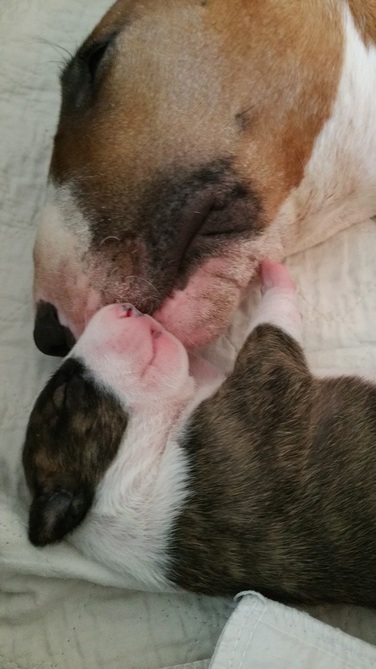 The puppies have gained amazingly. We like to see them double their birth weight at ten days – they’re pushing triple. Everyone’s fat and shiny and quite precocious. They’re showing huge will to get up on their legs and walk, and a few of them are pooping on their own. We’ve now got five generations of Madcap Bull Terriers under our roof – more about that, later. On the topic of supplementing a litter, as with almost everything else in dogs, there's no one right answer, it depends on a number of variables, and it varies tremendously from breed to breed. I have learned my lesson that just because a bitch CAN feed a large litter, does not mean that she SHOULD. Pippi’s mother, Daphne stayed in the box 24/7 with her second litter and they nursed in shifts just about continually. She was dripping milk and easily fed all 8 puppies - and she also wound up with eclampsia, which I hope none of you ever have to experience because it's scary as all get out. 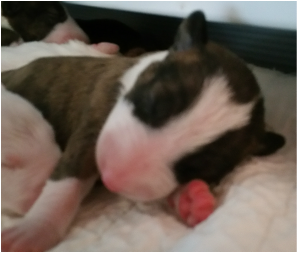 Bikini Bob Bikini Bob
We’re past first 72 hours (also known as the “Thank You For Not Dying” stage) and we’re beginning to enjoy the puppies more, rather than hovering over them watchfully. A friend of mine commented that she has no memory of any of her litters before 3 days old and I have to agree - there’s something about the first 72 hours that generates manic feelings of instinctive protectiveness rather than actual bonding. Now they’re more like “real” puppies instead of half-baked embryos that we have to protect, and we can start relating to them as individuals. We’ve even given some of them names. It happens that this change in our emotion toward the puppies corresponds with the time that the bitch’s real milk (as opposed to colostrum, which is lower in calories) normally comes in.
|
Categories
All
AuthorJane Messineo Lindquist (Killion) is the director of "Puppy Culture: The Powerful First Twelve Weeks That Can Shape Your Puppies' Future" as well as the author of "When Pigs Fly: Training Success With Impossible Dogs." Archives
November 2022
|
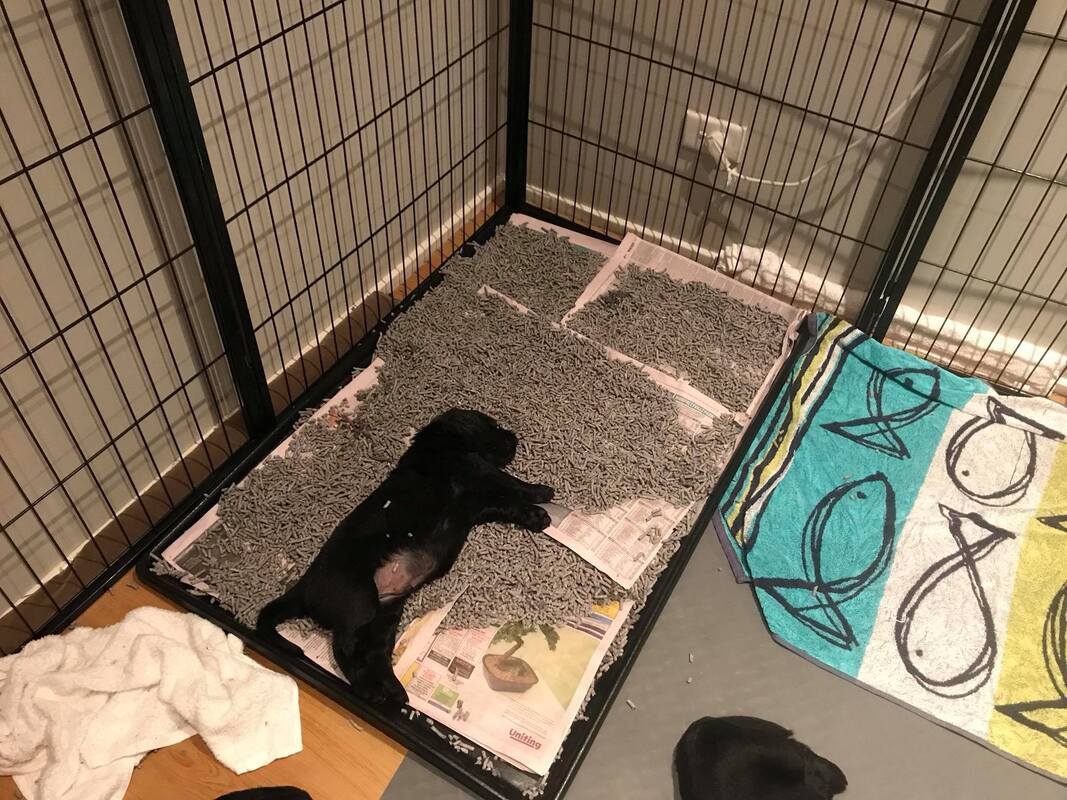
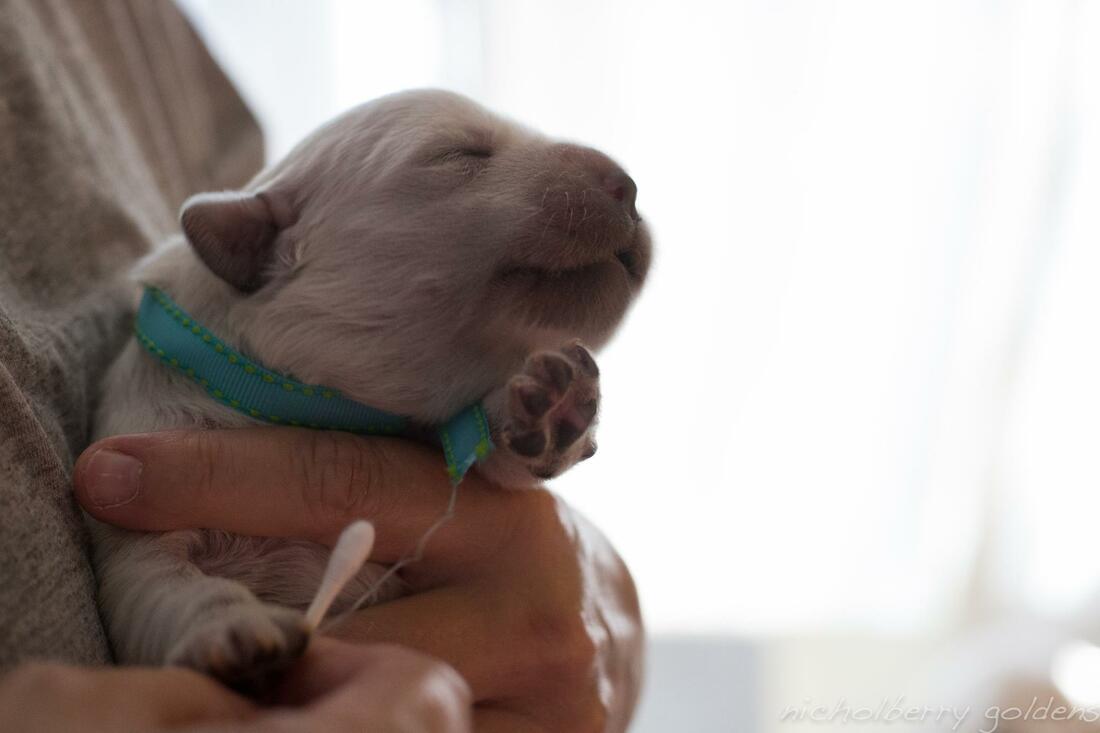
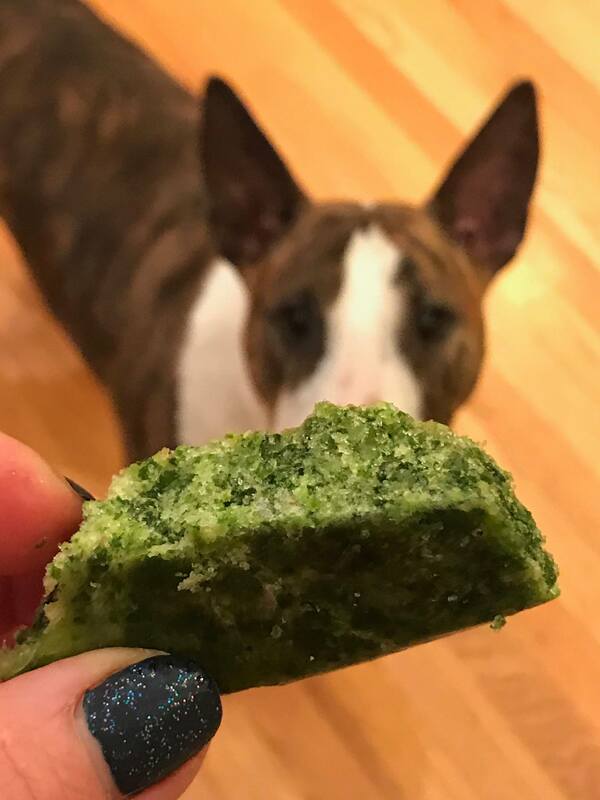
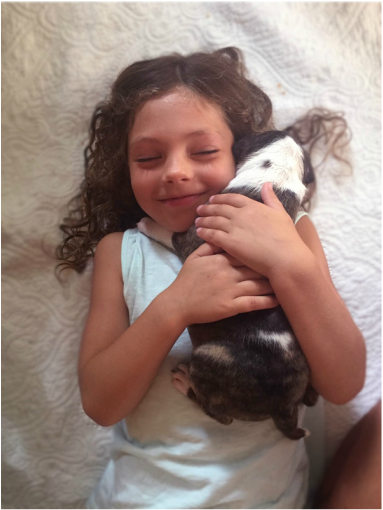
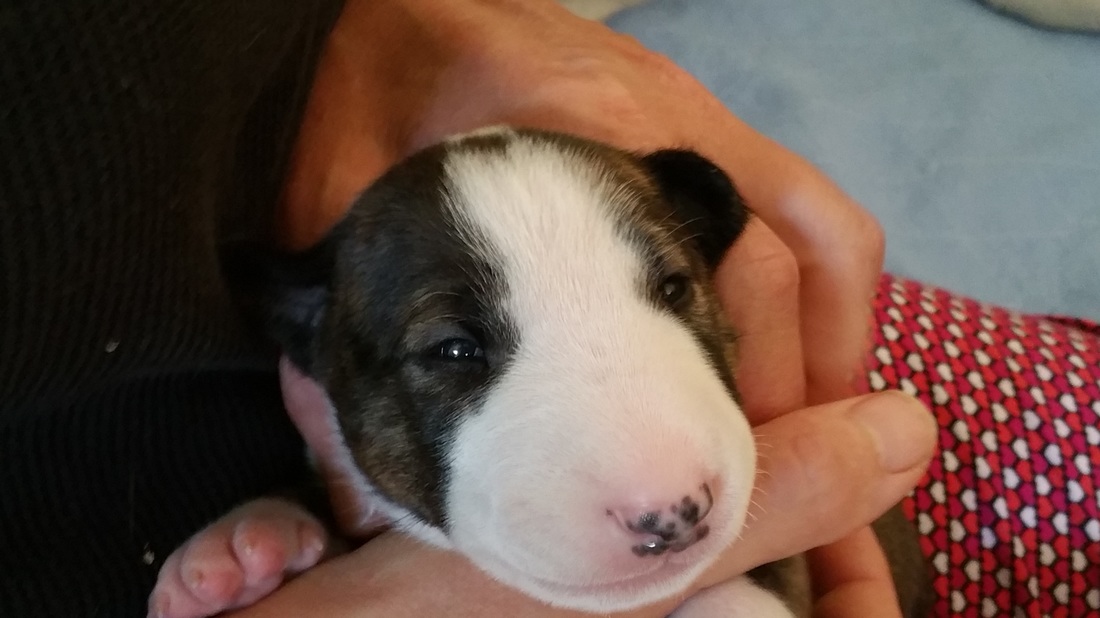
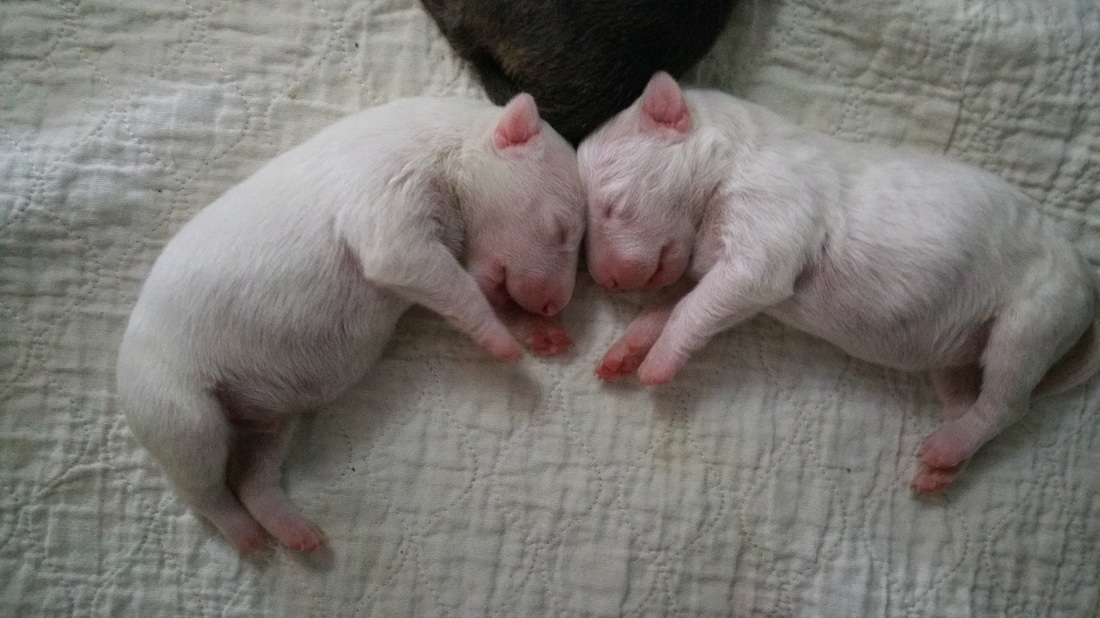
 RSS Feed
RSS Feed